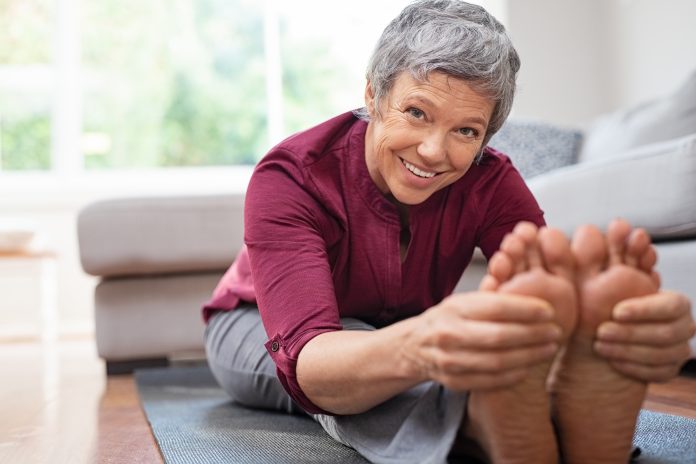It’s no secret that our bodies change as we age. While some changes are obvious, others are more subtle and harder to identify. Plenty of things get better with age, unfortunately, our joints do not! As you get older, it becomes increasingly common to hear of painful joints dictating one’s physical health and well-being. From age-related degenerative changes to wear-and-tear and accidental injuries — over one-third of seniors aged 65 years or more fall at least once a year, resulting in hip fractures — aging does impact the joints in our body.
Just like a car and its many mechanical parts, the human musculoskeletal system provides form, support, stability, and movement to our bodies. Made up of muscles, joints, cartilage, tendons, ligaments, bones and other connective tissue, our musculoskeletal system is a complex well-oiled machine that allows us to be flexible and in motion.
From about age 30 throughout life, the musculoskeletal system progressively changes and slightly weakens. When reaching that age, our bone density begins to diminish, the rubbery cartilage that serves as a shock absorber inside our joints gets thinner and the connective tissue within ligaments and tendons becomes more rigid and brittle. The results of these changes? Bones become more fragile and more likely to break (osteoporosis), joints become stiffer and more susceptible to damage and tissue loses its elasticity. Although joint deterioration affects almost all elderlies, their effects can range from minor stiffness to severe and debilitating arthritis.
What about coordination?
While you’re right to think that coordination is controlled by the brain, the ability to perform an action also relies on our muscles and joints. That is why aging’s impact on your bones, muscles and joints directly affects your whole body, resulting in slower movements, changes in your posture (curvature of the spine) and walking pattern (slower and shorter), but also leading to weak and sometimes painful joints.
As a matter of fact, The Canadian Orthopaedic Foundation recently estimated that the demand for new hips and knees is expected to double within the next 10 or 15 years.
What can you do to fight aging’s impact?
Many of the changes in our musculoskeletal system result from disuse rather than simple aging. Exercising and eating a well-balanced diet rich in calcium are good ways to prevent or delay joint-related problems. Keep in mind that a moderate and regular exercise program doesn’t have to be long or intense to help you maintain strength, balance, and flexibility.
Yet, if you already experience minor or severe joint pain, it’s not too late. There are non-invasive solutions that can restore you back to health and help you regain your quality of life. At ICS, our team of specialists is nationally recognized for its ability to quickly assess, diagnose and provide a treatment plan that will get you back on track and make your joint-related conditions and injuries things of the past.
























